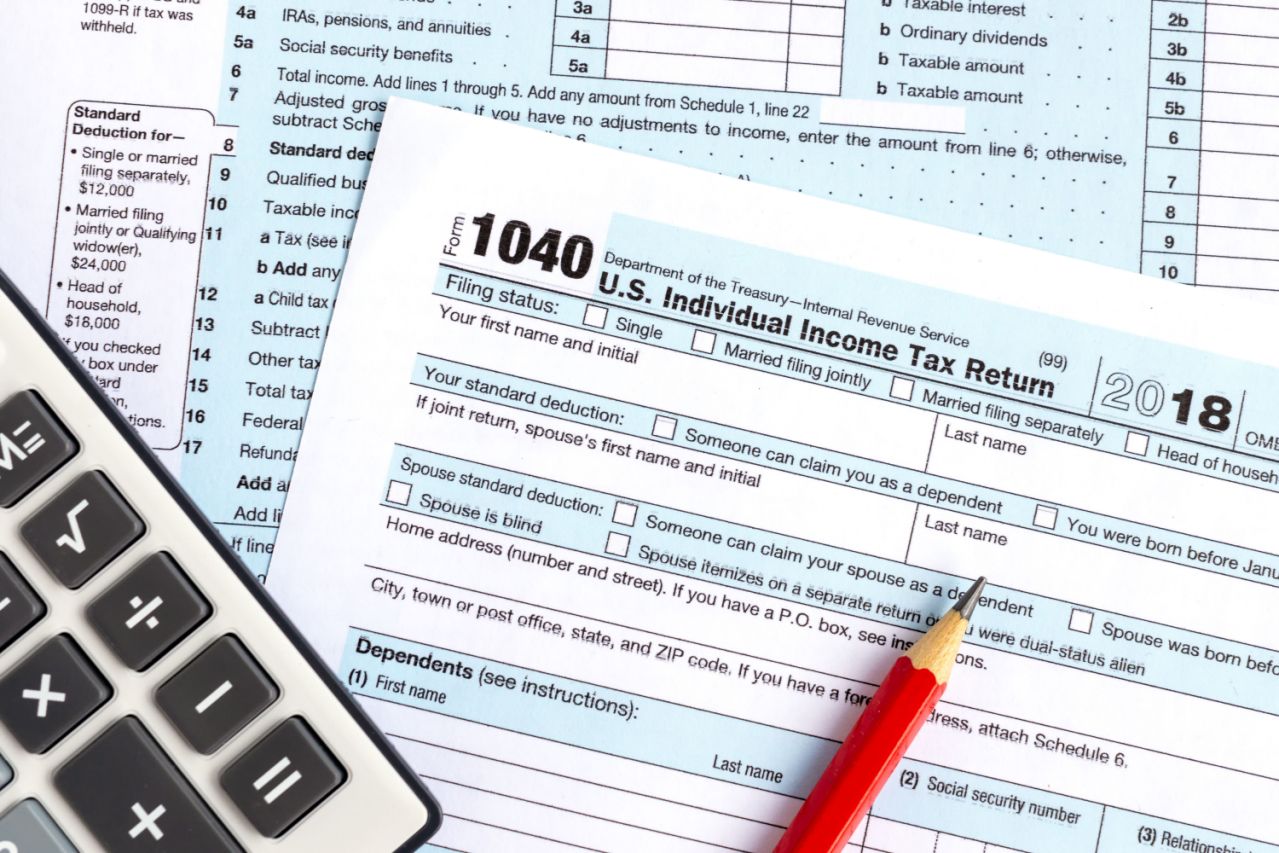Tax season is here, and whether you’re 23 or 53, it’s a good time to think about tax-saving strategies, particularly when it comes to retirement.
While the biggest mistake is not having in place an overall financial plan and a risk management plan, there are smaller missteps you can easily correct that will help you when you file for taxes today and down the road.
First, just get started. Many people worry they’re starting too late and then get overwhelmed by the whole process.
“They’re not doing it, or when they are doing it, they’re starting later in life,” Tim Speiss, Partner-in-Charge at EisnerAmper’s Personal Wealth Advisors Group, tells Yahoo Finance’s “On the Move.” But there are plenty of opportunities to learn about the different investment options out there, he says, so it’s easier to get started, especially in many workplaces.
Most large and mid-sized companies offer defined contribution plans in the form of a 401(k) that allows employees to save and invest money on a tax-deferred basis for retirement. A 403(b) plan is similar, but it’s offered to employees of private nonprofits and government jobs. The contribution limit set by the IRS for 401(k), 403(b) and most 457 plans, which are also defined contribution plans, is $19,500 for 2020. That’s up from $19,000 in 2019. And if you are getting a late start or trying to make up for lost time, the catch-up contribution limit if you’re 50 or over is $6,500.
Speiss says another mistake people make with tax planning and retirement is not taking advantage of all the plans available. Just because you’re contributing to a 401(k) doesn’t mean you shouldn’t consider an IRA as well, he says.
There are plenty of tax benefits to investing in a traditional IRA. As with defined-contribution plans, these IRAs are taxed upon withdrawal. So contributions made to a traditional IRA may be fully or partially tax deductible.
Roth IRAs can also be used as a complement to traditional IRAs. Since you pay taxes on the front end for Roth IRAs, there are tax benefits later in life. First off, if requirements are met, qualified distributions are tax-free. You can make contributions to a Roth IRA after you reach age 70 ½, and you can leave any amount in a Roth IRA throughout your lifetime.
“It’s a common vehicle because you’re not getting the tax deduction upfront, so you’re giving that away,” says Speiss. “However, your original contributions, you get them back and then also the earnings thereon after five years,” he says. Per the IRS, contributions made to a Roth IRA can be withdrawn without having to pay taxes, but there are restrictions when it comes to withdrawing investment earnings; access to them is subject to a five-year waiting period.
Whether you choose Roth or traditional IRA, the 2020 contribution limit for IRAs is $6,000. It’s more for those age 50 or older: $7,000.
Two other common tax mistakes made when saving for retirement, says Speiss, are missing out on employer plans that match contributions and not investing aggressively enough within the while you’re young.
Age-based asset allocation is important, says Speiss. Oftentimes, he says, “the asset allocation is not appropriate. They might be overweighted in fixed income or cash.”
Speiss also says considering inflation and longer life expectancies are also overlooked in financial plans. He says when constructing a retirement plan you need to include non-retirement plan assets as well.

